The 120km north from Baghdad in Central Iraq to the holy Shia city of Samarra takes you along the highway also known as the “Death Road” (not to be mistaken by the Highway of Death in Southern Iraq) by American soldiers after the 2003 invasion due to all the IEDs which was placed along the road.
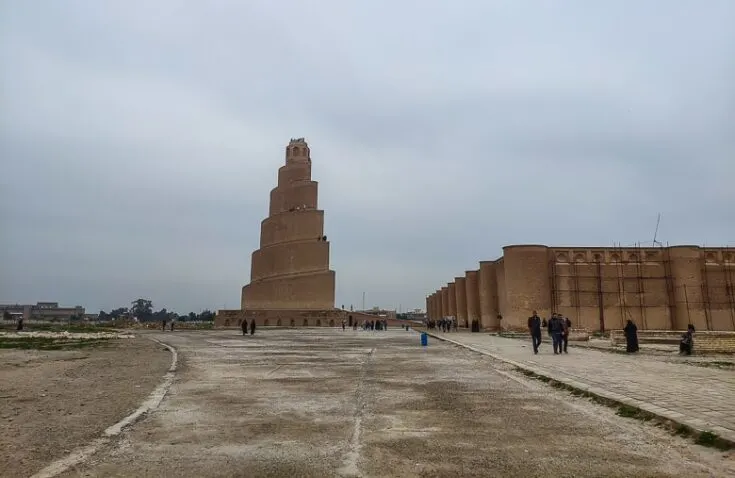
In 2014 ISIS captured this area of Iraq and held it up to only a few years back, so there´s no surprise that´s there more than 50 checkpoints put up along the highway. Some often only a few hundred meters between.
Most of the checkpoints are not controlled by the Iraqi military but by Shia militias loyal to the big winner in the recent parliamentary elections in Iraq, Shia Cleric Moqtada al Sadr.
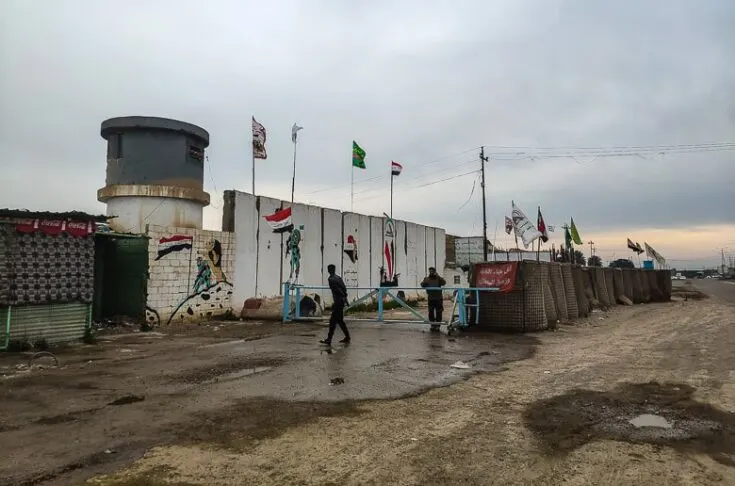
Some of the Shia Militias soldiers controlling the checkpoints were so armed to the teeth that John Rambo would look like a boy scout next to them.
And it´s no wonder since there are a still some ISIS sleeper cells still hiding out around in the countryside around Samarra, and with the ISIS-held land almost completely gone, makes these sleeper cells even more dangerous and desperate, so on 19th February was a four-day military operation done by the Iraqi army done south of Samarra to clear out hiding ISIS cells. A week after, I visited Samarra.
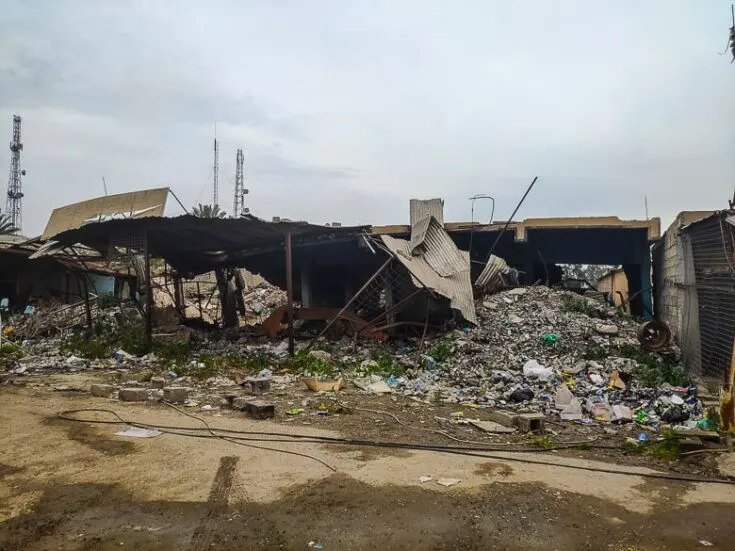
Travelling along highway nr One in Iraq reminded me of the road I took from Homs to Aleppo in Syria in 2017, with the destruction along the side road, but luckily did ISIS not attack the road this time, as they did on my trip in Syria.
Entering Samarra itself took hours to clear the final checkpoints, which is surrounded by tanks, anti-aircraft guns, and hundreds of meters of blastproof concrete walls.
The holy Al-Askari Shrine, built in the year 944, which is one of the most important Shia shrines in the world, is located within the city of Samarra.
The Shrine was blown up by terrorists in 2006 and agian in 2007, which sparked violence and anger all over Iraq, leaving thousands of dead and injured in the aftermath and protest after the bombings.
The Al-Askari Shrine was rebuilt and opened in 2009. I was not able to visit the Shrine.
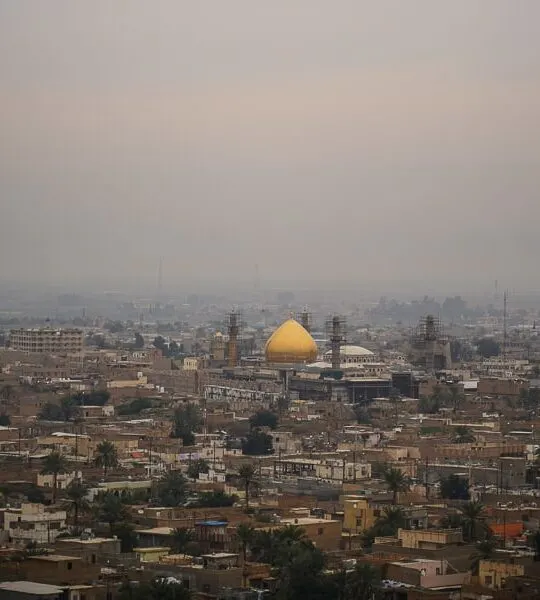
Samarra is located on the left banks of the Tigris River is a city with a rich the history going back more than 7000 years when this land was first settled.
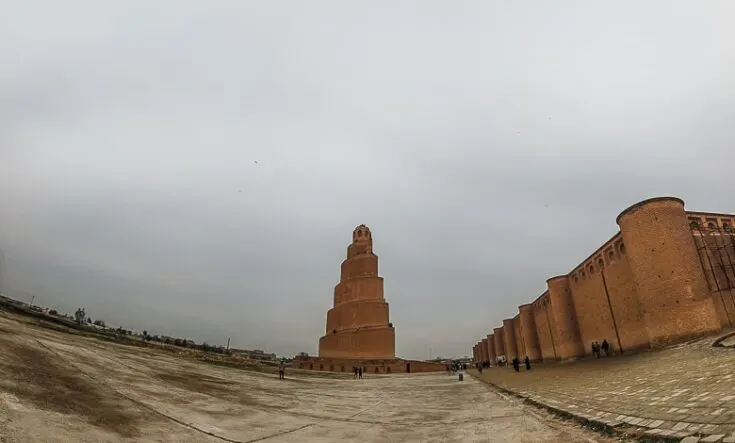
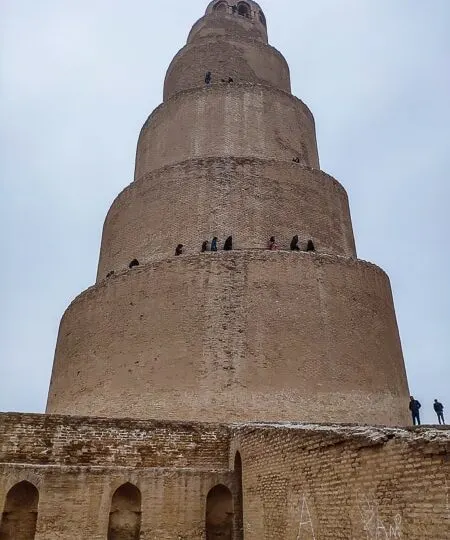
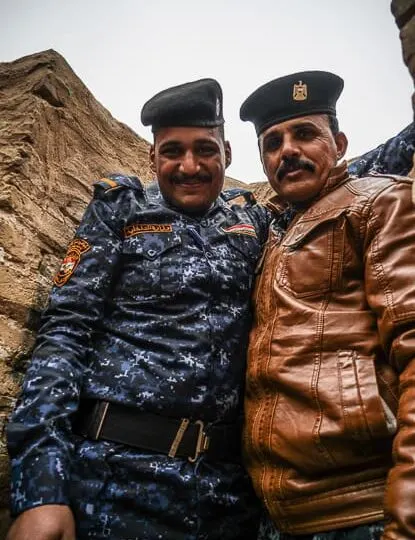
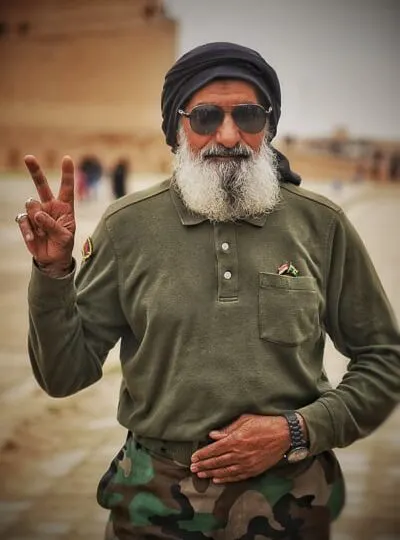
But it was not before the 9th century AD when it almost overnight transformed from a desolated trade spot into one the capital of one of the greatest states known to history as the third capital of the Abbasid Caliphate (Raqqa in Syria was the 4th capital), Samarra remained the capital of the Abbasid Caliphate for 56 years. Making it the most important Islamic city in the world during that time.
This was when The Great Mosque of Samarra was built, an architectural masterpiece at that time; the Mosque covered an area of 38.000 meters and remained the largest Mosque in the world until the end of the 11th century.
Almost 400 years before, it was destroyed by the armies of the Mongol ruler Hulagu Khan during the invasion of Iraq in the year 1278.
The ruins of The Great Mosque of Samarra was added to the UNESCO World Heritage list in 2007 and is one of five UNESCO World Heritage Sites in Iraq.
It´s considered to be in danger due to years of lack of Government Control in the area.
The only remaining structure in Samarra today is The outer wall of the Great Mosque, and the 52 meters/171 feet tall Minaret called the Malwiya Tower.
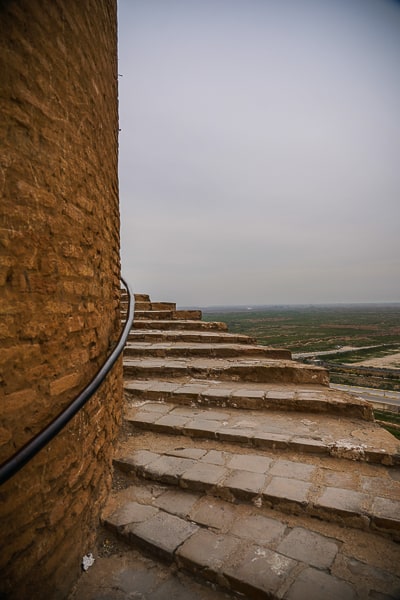
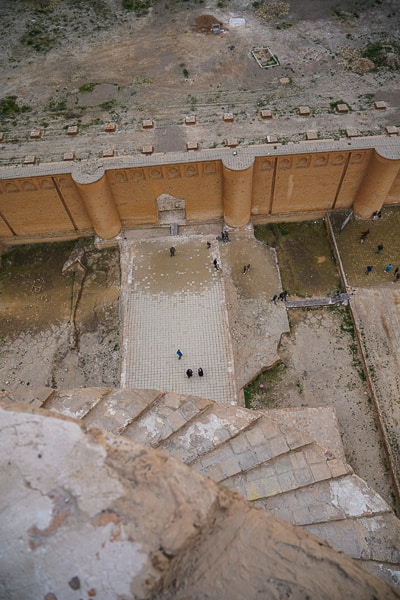
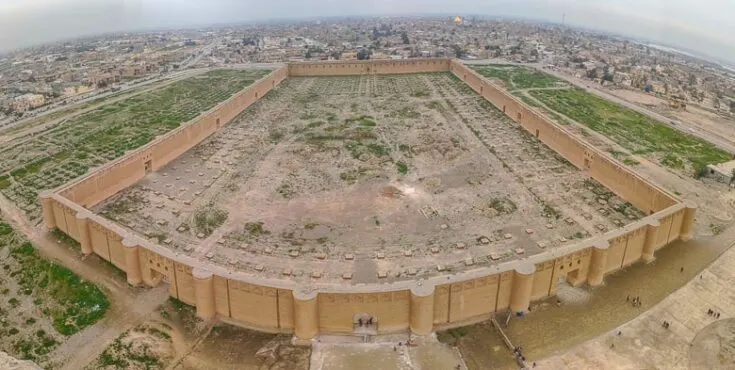
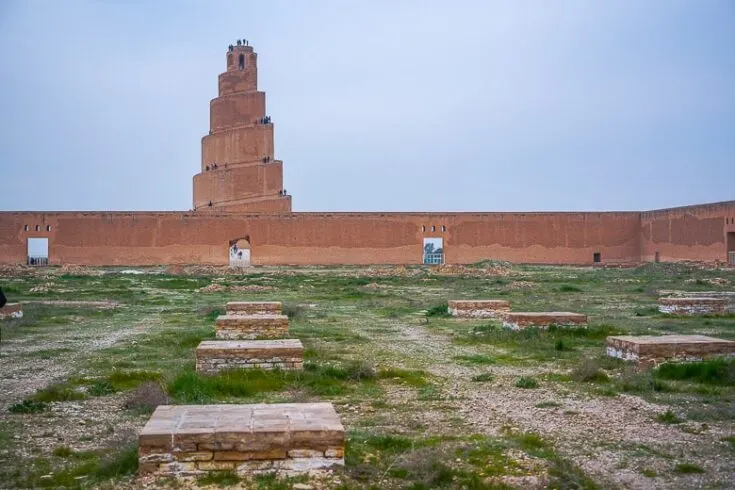
The Minaret stood almost undamaged for more than 1000 years through all kinds of weather, earthquakes, and various wars before it was partially destroyed in April 2005, when insurgents bombed the tower because U.S. troops had been using it as a sniper position.
Like It? Share It! Pin It!
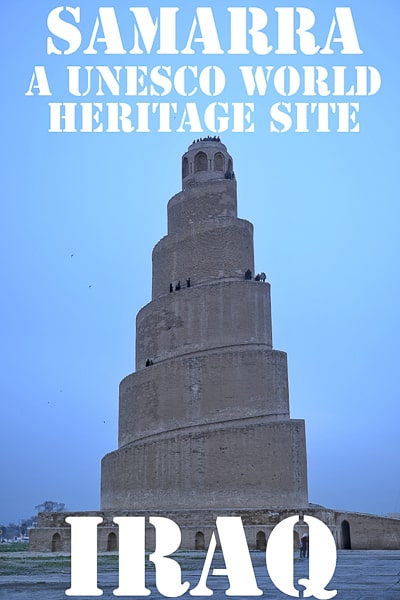

Merro
Friday 11th of June 2021
My dear, this is not the only remaining structure from the Abbasid Samarra, you missed Abu Dulaf mosque (another Malwiya), the Lover palace (pool palace) plus others buildings near the palace like the army bases, horse stable, prison, fountain and the lions torture pit and if am not wrong there are many more in Samarra and all of these are from the Abbasid Samarra and not very far from the Malwiya you visited (actually it was pretty near to you :)).
Christian L.
Friday 30th of July 2021
Thank you for letting me know, I will try to visit Abu Dulaf mosque (another Malwiya) during my next visit to Iraq, which I hope will be soon.
bobby
Monday 31st of May 2021
A week after I visited Samarra. Are you proud of that? you are an idiot. If aything happen to you, given your passport, people will take risk for you.
Christian L.
Sunday 27th of June 2021
you know there´s now more than 14! different travel companies from Europe/USA doing tours in Iraq, so the situation has improved a lot, so no reason to be grumpy and jealous!
Anqa Ahmed
Thursday 10th of October 2019
could you please tell me what are the current functions of the place? is it a tourist spot? or do locals come to visit? or is it just abandoned? (except by the army of course)
Christian L.
Thursday 10th of October 2019
Hello Anqa. Samara is one of the most important Pilgrim places in the world for Shi'a. For that, there´s always touris visting the ruins of the Great Mosque of Samara.